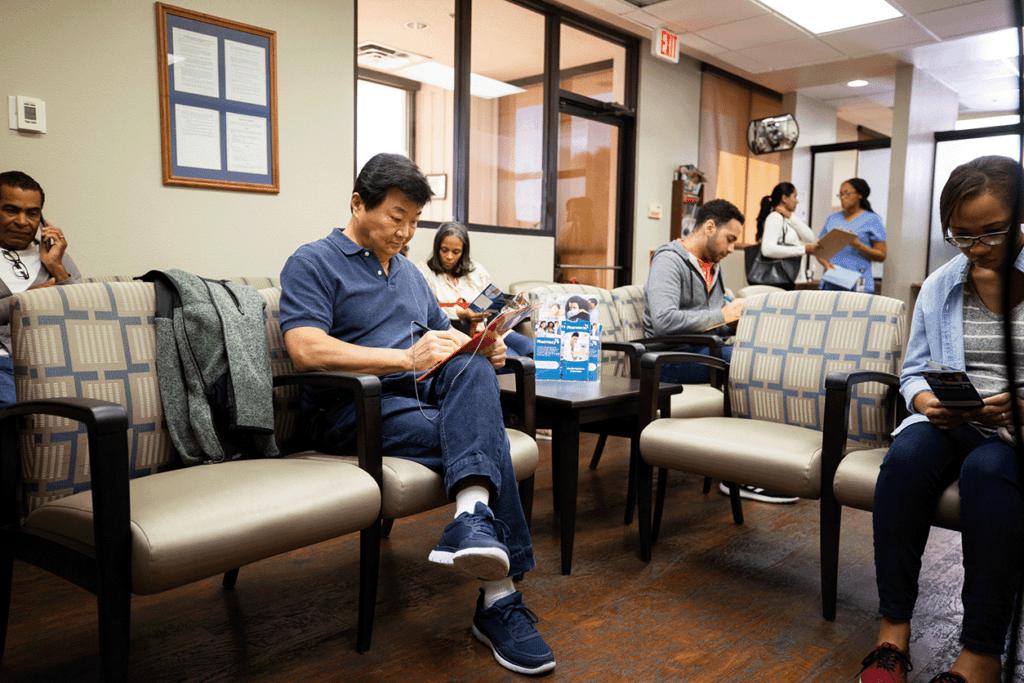
At-home testing empowers community clinics by expanding healthcare reach while reducing costs and clinic burden.
Healthcare has undergone a remarkable transformation in recent years. Technological advancements are revolutionizing the way people access and receive medical care. A significant development has been the rise of at-home testing, which can enhance the operations of community clinics and improve access to a broader scope of patients, especially those who are underserved.
Before we dive in, let’s do some introductions:
What’s a community clinic and what’s its role?
A community clinic, as the name suggests, is a clinic within a community. It acts as an essential hub for providing primary care, preventive services, and health education. Community clinics are pivotal to the health of underserved populations, such as people who live in rural areas. However, they often face several challenges to deliver quality services. These challenges include constrained budgets, limited resources, and high patient loads.
What’s at-home testing?
At-home testing involves patients performing diagnostic tests or health screenings in the comfort of their own homes, without the need for an in-person clinical visit. This convenient and cost-effective method ensures patients access to clinical laboratory testing for preventive care. For example, patients can self-test for sexually transmitted infections (STIs) like gonorrhea and chlamydia. At-home testing may also monitor patients with chronic illnesses, like monitoring HbA1c (blood sugar) levels of patients with diabetes.
Here are five ways at-home testing can empower community clinics:
- Improved accessibility: At-home testing eliminates the need for patients to travel to a clinic. Community clinics can distribute Primary.Health’s at-home tests to patients in person at events, via mail, or even through vending machines.
- Patient engagement and empowerment: At-home testing involves patients in their own healthcare journey. When patients are engaged in their own care, they are more likely to adhere to treatment plans, leading to improved health outcomes.
- Cost savings: At-home testing can be more cost-effective than traditional in-clinic testing. C clinics to stretch their resources further and provide care to a larger number of individuals.
- Data-driven insights: At-home testing generates valuable health data that can provide insights into population health trends. Primary.Health’s platform delivers data insights that community clinics can leverage to tailor their services, get insights to improve clinic operations, and even secure additional funding.
- Reduced clinic burden: Instead of processing at-home tests in the clinic, community clinics can partner with Primary.Health to automate the process of ordering and processing at-home tests. Primary.Health offers Electronic Test Orders and Results (ETOR) as a service through cloud-based service enablement, called ETORaaS to community clinics in California.
Transformative synergy
The synergy between at-home testing and community clinics presents a transformative opportunity for healthcare delivery. By embracing this approach, community clinics can expand their reach, enhance preventive care, and optimize resource allocation.
And as technology continues to advance, the integration of at-home testing into the healthcare ecosystem promises a future where equitable access to quality care becomes a reality for all.
Ready to join the future of transformative healthcare? Contact us at cdph-phl@primary.health.
